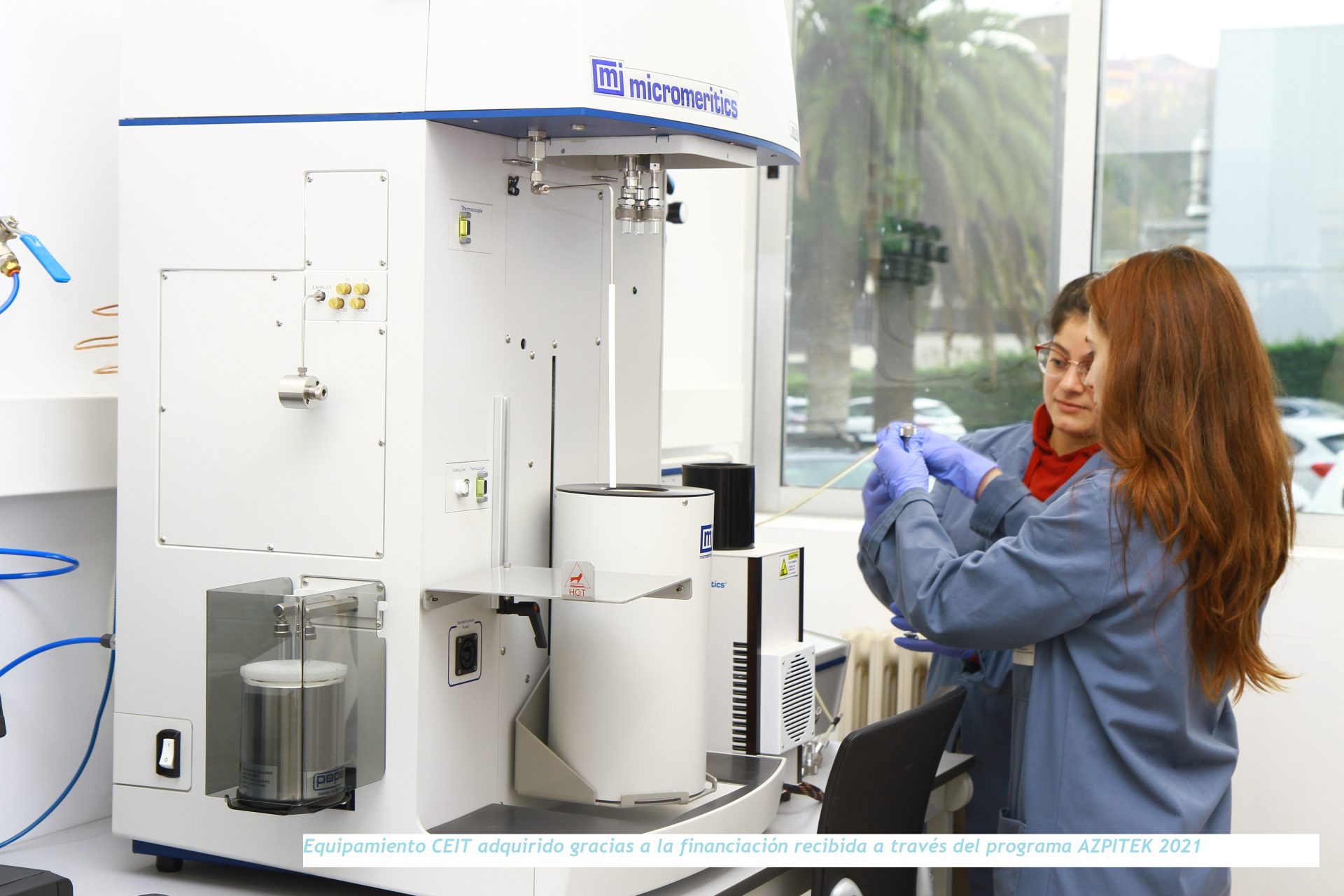"We are working on the development of solutions for H2 embrittlement, ductility loss and fatigue acceleration in ducts"
The Basque H2MAT consortium seeks to develop hybrid metallic structures for use in the hydrogen industry
This is a disruptive venture that seeks to make a qualitative leap in the field of materials for this energy sector. The main objective of the project focuses on the design, production and evaluation of multi-layer structures as a higher value-added alternative to stainless steel used in hydrogen transportation.
Nowadays, hydrogen transportation mainly uses components made of carbon fibre composite materials (storage tanks) and carbon and stainless steels (pipes, valves, etc.), depending on the hydrogen conditions (temperature, pressure, humidity and impurities). It is known that some types of steels, in contact with H2-rich media, are sensitive to hydrogen embrittlement, which causes them to lose mechanical properties and, eventually, uncontrolled ruptures.
To minimise the hydrogen embrittlement problem, different strategies are used, which basically consist of oversizing the components and applying surface coatings that delay the entry of H2 into the steel.
Seeking alternatives to traditional materials in contact with hydrogen, H2MAT aims to design, understand and control the physical and chemical nature of the interface between high entropy alloys (HEA) and steel. Subsequently, a technical and economic evaluation of the structures obtained will be carried out, comparing them with current stainless steel structures for hydrogen transportation.
The Basque H2MAT consortium
The project began in March 2022 with a consortium led by Mondragon Unibertsitatea, and also comprising seven other reference partners from four types of agents in the Basque Science, Technology and Innovation Network: Azterlan, Ceit, Energy Cluster, Sidenor R&D, TECNALIA, Tubacex and UPV/EHU.
ENERGIBASQUE, the Basque energy sector's technological and industrial development strategy, seeks to support the development of new solutions, equipment and components by Basque companies in the different areas of hydrogen vector development: generation, transport, distribution, storage and final applications. It also aims to contribute to the development of unique initiatives and projects that enable the new opportunities of the hydrogen economy to be optimised, based on the competitive advantages of the Basque industrial fabric and the existing knowledge of the scientific-technological agents.
H2MAT fits successfully into one of the areas and technological lines identified in the strategy: The development of solutions for H2 embrittlement, ductility loss and fatigue acceleration in ducts.

